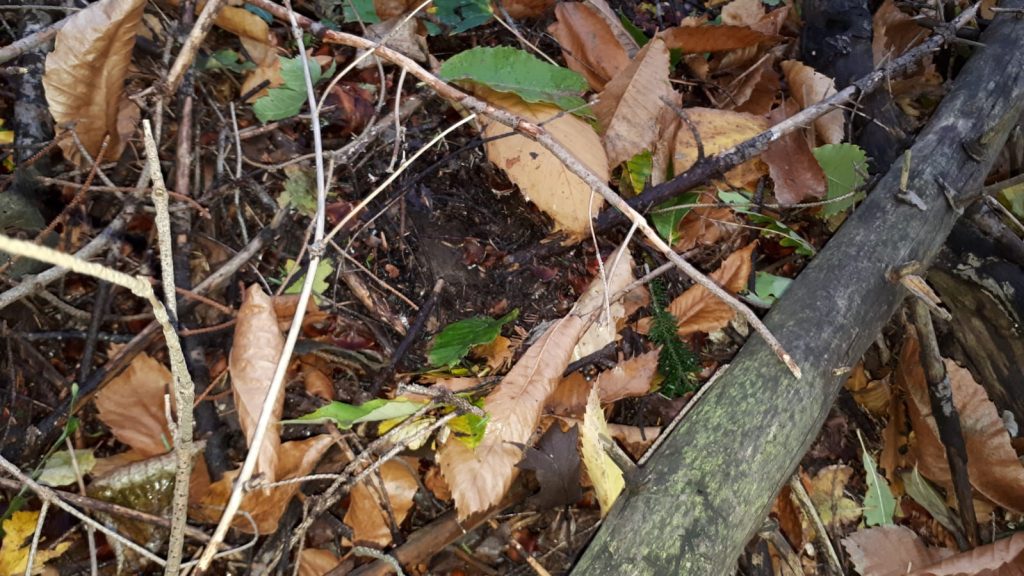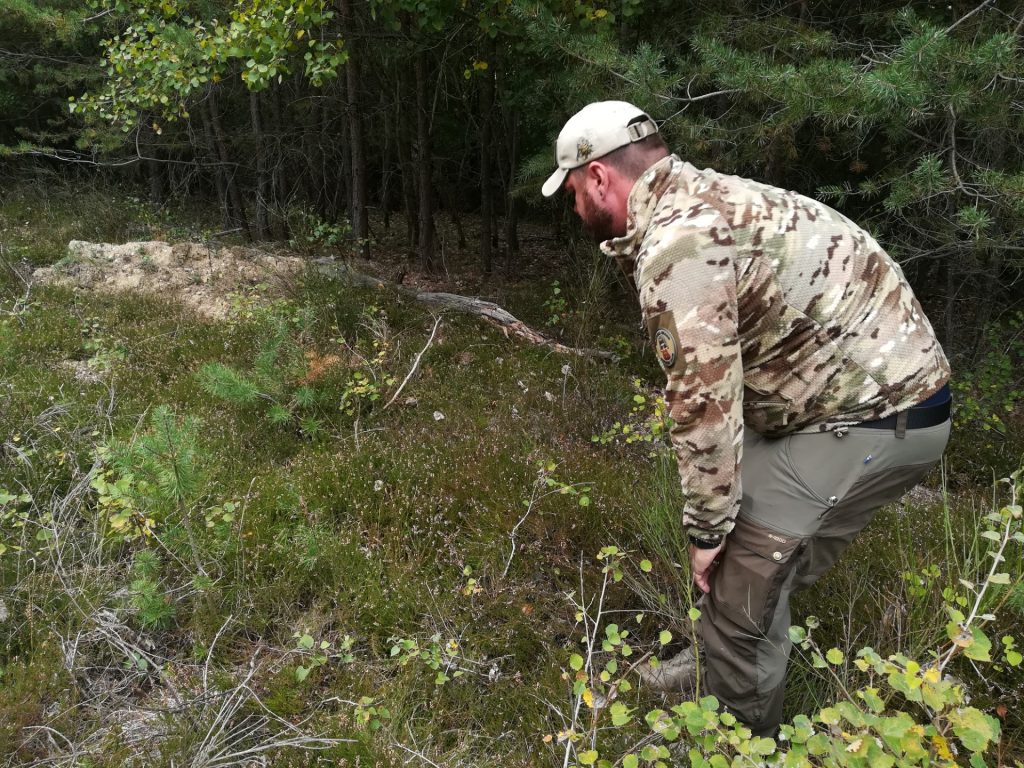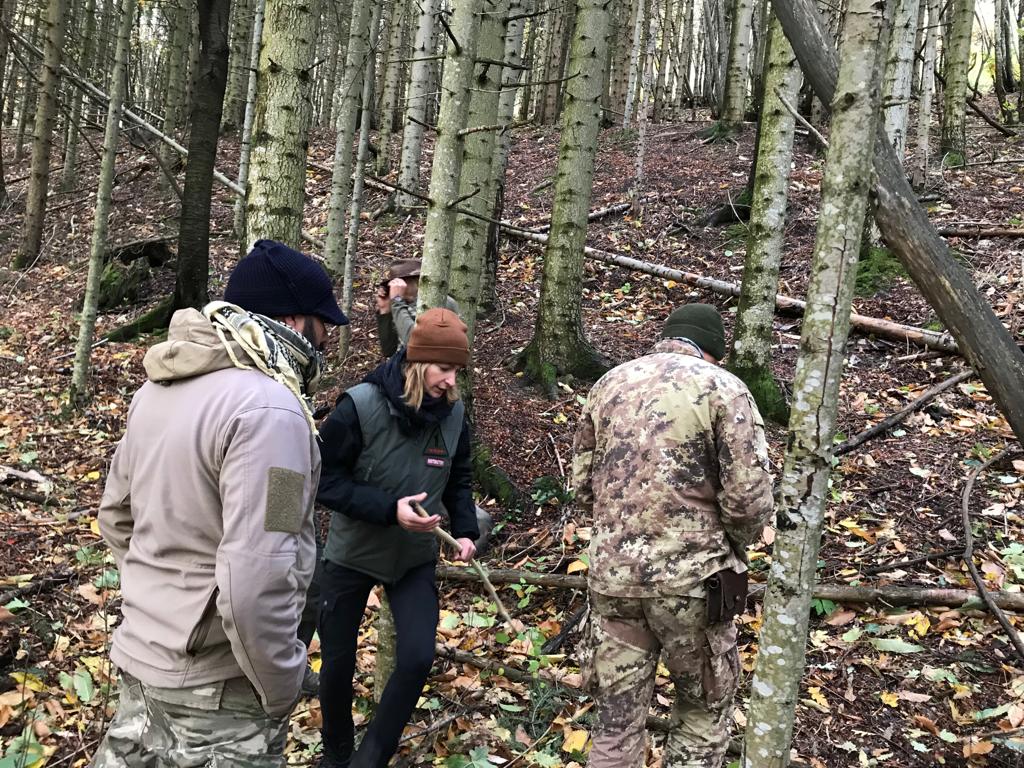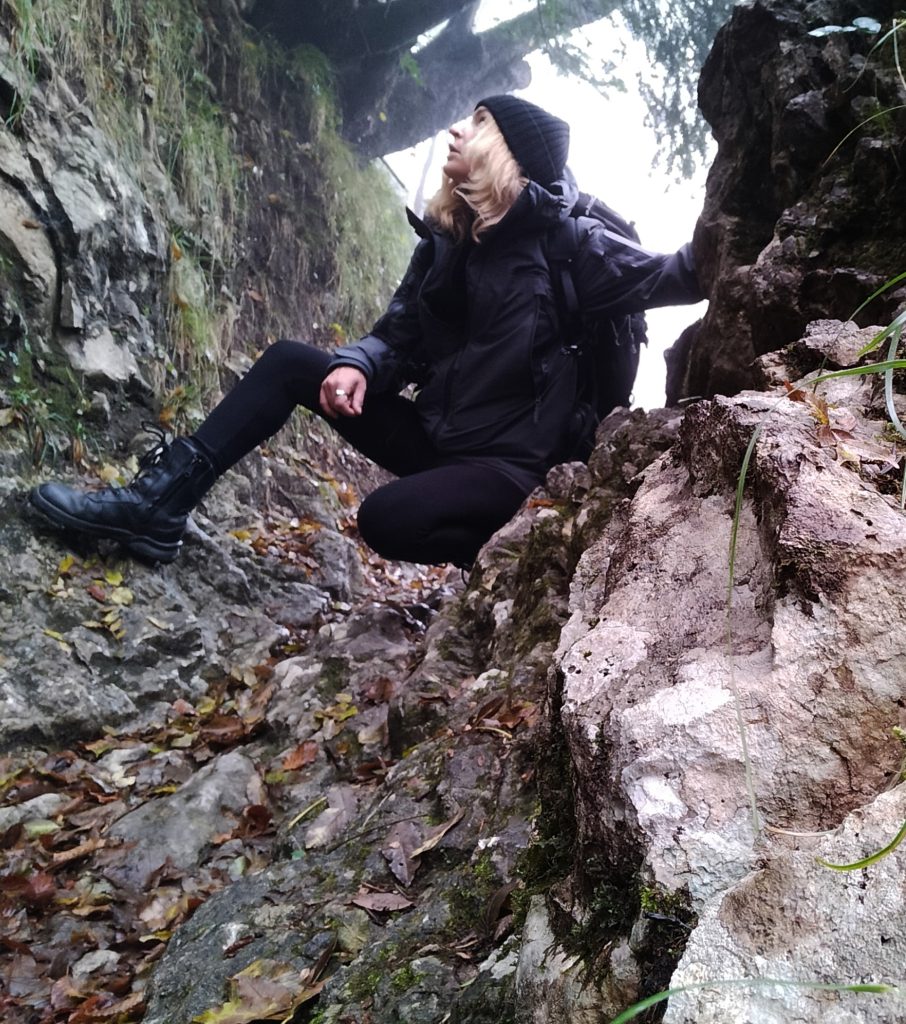Use the Old Way
Tracking down men and animals is a profitable skill which has been constantly handed down till the present day. Despite the fact that it has persisted across decades marked by discoveries and technological development, this art has never lost its merit.
Ranging from search and rescue to tactical and law enforcement operations, from wildlife conservation to forensics, the ability to read and follow tracks can be our ally when it comes to moving undetected in the great outdoors.
From an evasion perspective, tracking—or rather antitracking—can make a big difference. But before we can learn how to minimize our tracks, we must become “track aware.”
In order to master that, there is no better way than putting ourselves and our abilities out in the field, either reading tracks or covering them.
How to Track – Basic Principles
The starting point, expressed by Doctor Locard’s forensic principle “every contact leaves a trace,” is indicative of the first phase dedicated to observation.
Visual investigation leads us into the development of a fundamental awareness of any scenario we are in, but it also provides the crucial details which help us to profile the context itself and the creators of the tracklines.
This is the very core of any tracking activity. We track as we solve a puzzle.
The Role of the Ground

Detecting and following tracks and signs depends on the type of soil and vegetation we are moving in, the weather and climate conditions, and our level of alertness. This applies to both tracking and antitracking.
Some surfaces are more likely to retain tracks than others. These are called “track traps” in the tracking terminology. These terrains are mud, sand, and snow.
On tough surfaces like pine needles, dry leaves, craggy slopes, rocky/arid ground or bush-hogged prairies, reading and following tracks becomes very challenging. In these cases, we will expect to see minimal disturbances rather than whole, clear tracks. Nonetheless, there is no doubt that we grow more as trackers if we put ourselves in such conditions! Additionally, difficult terrain offers us more chance to practice some effective antitracking techniques, as we will soon see.
It goes without saying that our common sense, paired with the critical competence to “take risks early,” (a great motto from the Special Air Service) will do the rest.
In a bug-out or evasion situation, moving carefully and accurately choosing where to place your footprints will make a big difference in whether you can be tracked. This is called antitracking.
Antitracking Principles
“Of all the specialist activities relevant to the prosecution of a counter-insurgency campaign, none is more important than the provision of trackers.” – Frank Kitson, British counter-insurgency practitioner
The definition of antitracking consists of all the strategies employed to deceive and slow down a tracker or a Combat Tracking Unit. This is not to be confused with countertracking, which is meant not to confuse trackers but get rid of them. Counter-trackers even resort to I.E.D.s (Improvised Explosive Devices, such as booby traps, land mines, tripwires and so on) to physically injure or even to annihilate the trackers. We will be focusing on antitracking.
In nearly all the manuals dedicated to combat tracking procedures, you will surely find some reliable points about antitracking techniques. Walking without leaving a trace goes under this category.
Generally speaking, there are three main categories for the most common antitracking techniques engaged: speed/distance, deception, and offense.
If our goal is to employ some antitracking techniques when we are in the forests, it is mandatory to avoid any movement, breaking of vegetation, or other visual or auditory disturbance that can easily give away our position.
Application of the British Antitracking Principles
In order to help master antitracking, we can refer to the famous British Antitracking Principles developed by the SAS back in the day of the Malaysia and Borneo Confrontation. These are:
- Don’t walk on soft terrain if you can step over.
- Don’t leave the geometry of your pattern (even a small portion of it) on muddy, sandy, snowy or moist soil with no debris (“track traps”).
- Don’t bend what you can move.
- Don’t break what you can flex.
- Don’t cut vegetation, don’t start fires, etc.
- Avoid using deodorants.
- Pack out your leftovers and excrement.
How to “Vanish” in the Forest

In case we need to walk without leaving our tracks in the forest, we just keep in mind the features of the scenario we are moving in.
Knowing which technique will be the most effective depends on our experience as well as the systematic analysis of what the situation requires us to do.
Keep in mind that when we move through any scenario, we always leave a trace of our passage, produced by any part of our body. In narrow spaces, for example, our hair could be trapped in the thick vegetation or get tangled up by thorns.
If we want to leave the minimal amount of tracks, we need to attune all our senses to the environment. Consequentially, our actions will follow the same path. Every action corresponds to a specific reaction marked in
- the terrain
- the vegetation, or
- the local fauna.
Each single movement we produce must have been conceived and calibrated in order to disturb the natural state and balance of an area as little as possible.
In fact, when you decide to pass through a specific area, you must consider the main geographical features it has in terms of local fauna, slopes, natural obstacles, and presence—or absence—of animal funnels and transits.
Make the Terrain Your Best Ally
If you are familiar with a certain place, you will know how the medium reacts to your passage. This happens to be very helpful information especially if you have experienced the area at different times of day and seasons and in various weather conditions.
This means that you are probably aware that some areas provide less evidence of your passage because of the crucial presence of rocky, tough and craggy terrain, which makes the art of tracking extremely tough. Your passage on such terrain will be difficult to spot.
An accurate tracker gains visual experience throughout the “dirt time” (in tracking terminology, the time spent tracking your subject). This time can help you to consolidate your observation skills as well as your follow-up approach. By doing so, we grow a mental database of how tracks appear in a predefined scenario, as well as noting the variability of climate and its effect on the “aging” of tracks. (This is a good point to consider if we want to know how long our tracks will remain visible.)

Anyone with a lot of dirt time in an area will better know how to keep from being tracked there. However, if you find yourself in a brand new place and you want to move across it leaving minimal signs, you must:
- accurately scan the area in order to get as much information as possible – areas in which the terrain is the most damp, morphology of the area in terms of slopes, etc.
- look for evidence of recent passage by other people and/or vehicles – you can overlap your tracks to confuse and slow down a tracker
- index the terrain in order to understand how the soil reacts to your stepping on it and consequentially avoid areas where your passage will be evident
- carry only essential gear in order to be lighter and leave shallow footprints
Additionally, you can also proceed by asking yourself some simple questions.
- Might your passage disturb birds? Avoid that area.
- Will you need to cut the time by crossing a slope? Avoid that; your footprints will be very visible as you will apply more force to the ground to cross the slope.
- Are you going to cross an area with a deep layer of dry, dead leaves? Don’t pass in such spots. The noise will be too loud.
The more you observe, the more data you collect, which will be essential to pass without trace. After all, antitracking techniques are the result of a solid calculation of risks!
Other Techniques to Minimize Tracks
There are many other more elaborate methods which you have probably noticed in Western movies or TV series like:
- jumping from one stone to next one or just walking on hard surfaces
- walking backwards
- walking inside a dry ford
- brushing out or camouflaging the tracks
- wearing shoes with no specific pattern design or with socks over them
- using main trails in order to confuse your tracks with others
- and many, many other ways.

The Effectiveness of Antitracking Methods
Do all these techniques actually work if you want to move through a forest without leaving a trace? Some of them surely can help. Nonetheless, they clearly don’t go unnoticed by experienced trackers.
It goes without saying that the most popular deceptive techniques require a significant amount of time and physical resources to put into use.
The K.I.S.S. (Keep It Simple, Stupid) principle is the key thing when it comes to covering or minimizing your tracks. As mentioned before, your methods all depend on the situation and circumstances, but also on you—on your physical and mental conditions. If you start to feel fatigued, just apply common sense and don’t rush.
Before leaving any signs, consider how your tracks will look on the terrain you are on, especially to experienced trackers.
